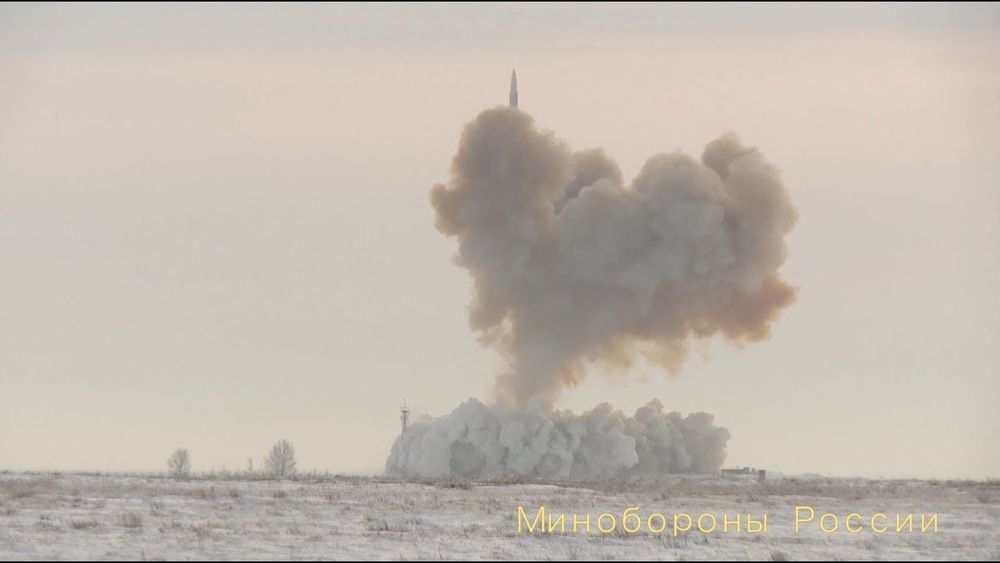The Pentagon’s emerging technologies unit put out a call last week for proposals that use insect brains to control robots — because they could be used to create efficient new models for artificial intelligence, but also because they could be used to explore the meaning of consciousness.
“Nature has forced on these small insects drastic miniaturization and energy efficiency, some having only a few hundred neurons in a compact form-factor, while maintaining basic functionality,” reads a document in the proposal. “Furthermore, these organisms are possibly able to display increased subjectivity of experience.” It goes on to say that there’s evidence suggesting that “even small insects have subjective experiences, the first step towards a concept of ‘consciousness.’”.









